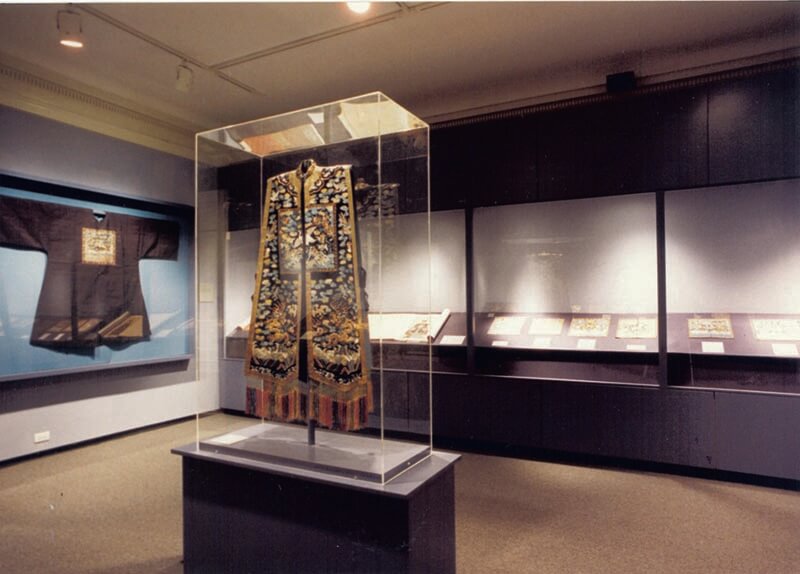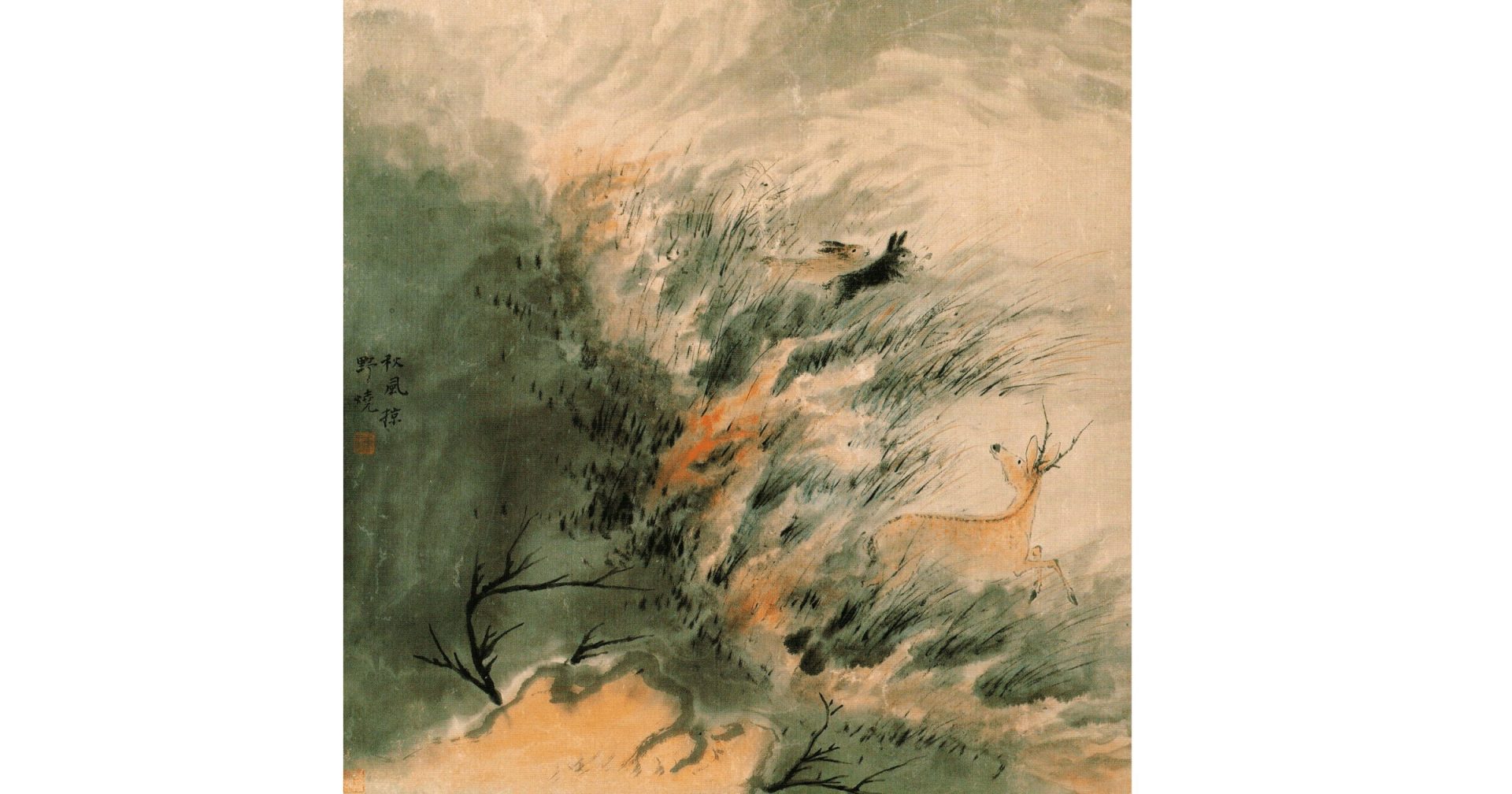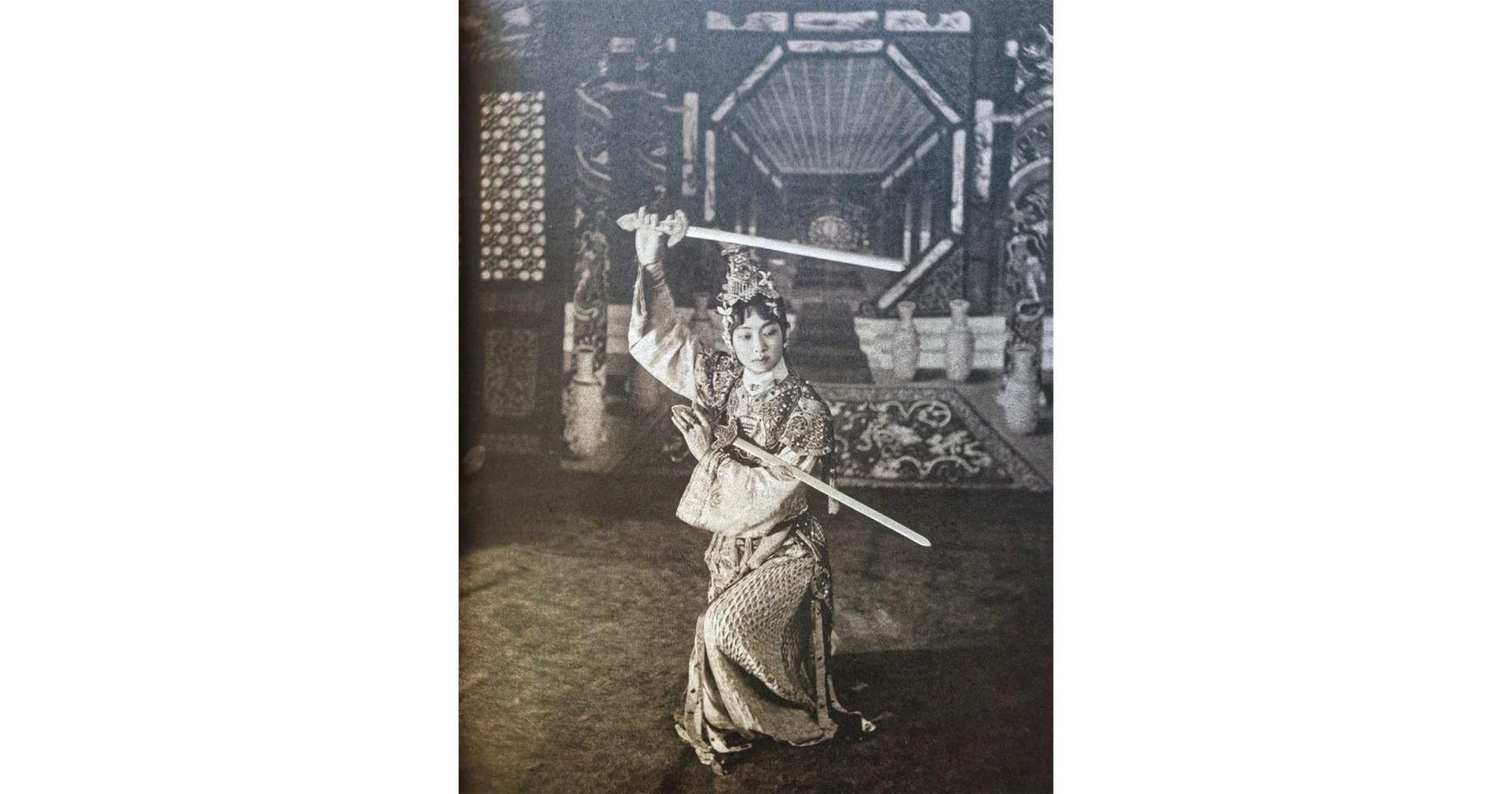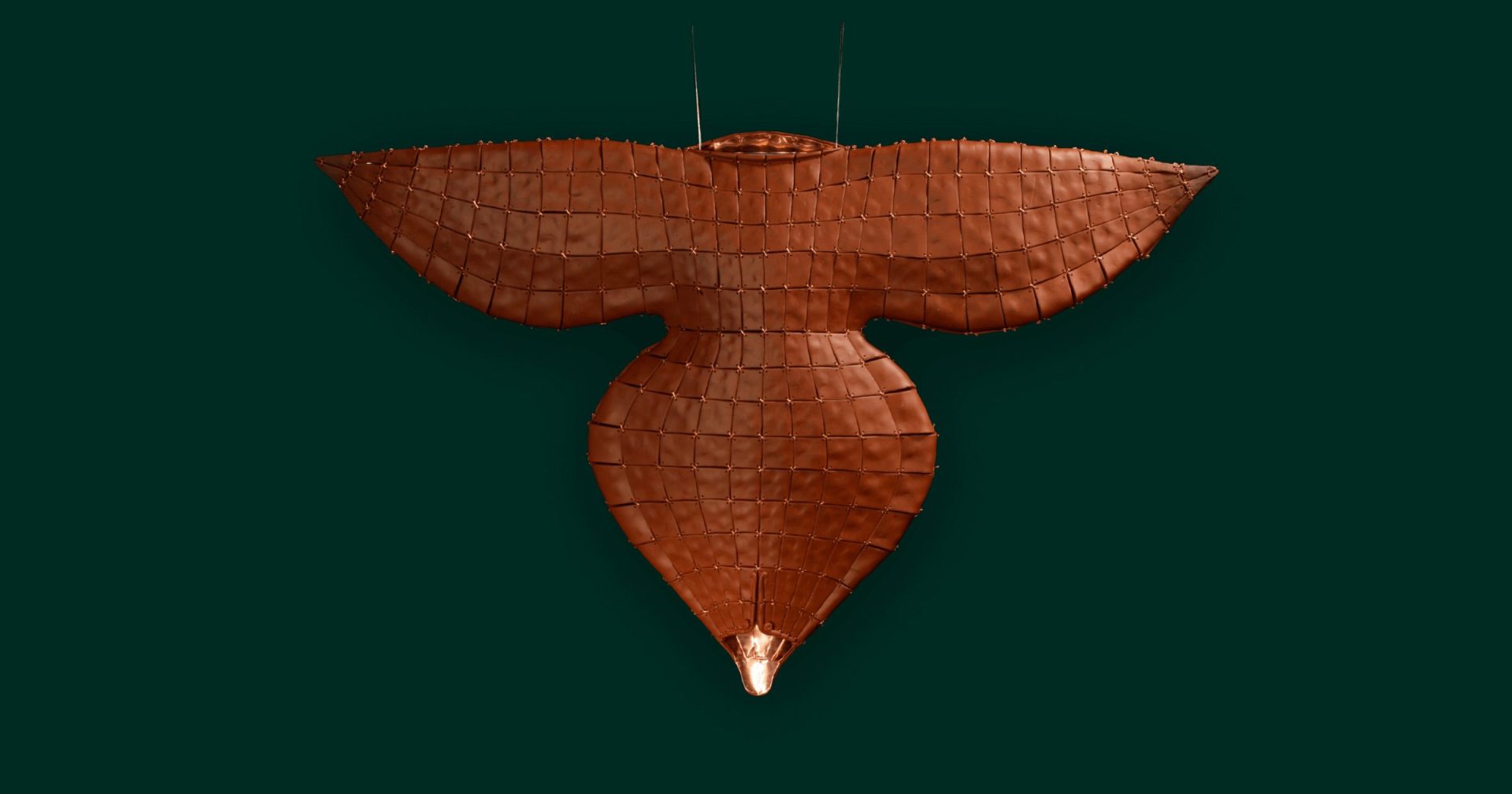In the early Ming Dynasty (1368–1644), an imperial edict ordered all officials of the Chinese court to display their military or civil rank via badges, known as Mandarin squares (buzi, 补子), on their official robes. To enhance these material symbols of power, graceful cranes, ferocious felines, mythical unicorns, and golden imperial dragons were intricately embroidered into silk squares or roundels. Each rank level had a particular symbol, the use of which was strictly regulated. Displaying over fifty Mandarin squares, officials’ robes, scrolls, and some paintings, this exhibition represented the finest craftsmanship in Chinese textile art and the culture of buzi in imperial courts.

At the Dragon Court: Chinese Embroidered Mandarin Squares from the Schuyler V.R. Cammann Collection
龙庭:中国的补子
October 20 – December 22, 1994
Curated by John Finlay
This exhibition is jointly organized by Yale University Art Gallery and China Institute Gallery; catalogue published by Yale University Art Gallery; copyright 1994 by Yale University Art Gallery
Media Coverage
Media Coverage
- Orientations
- The New Yorker
Related Programs
- Curator’s Lecture: John Finlay, “Rank, Status, and Mandarin Squares” (October 25, 1994).
- Lecture: Theresa Reilly, “Mandarin Squares in Korea—Origins and Contemporary Uses” (November 3, 1994).
- Lecture: Diane Mott, “Silks for Sultans—Rank and Status in the Ottoman Court,” (November 15, 1994).
Related Events

September 10, 2026 - January 3, 2027
Founded in 1966, the China Institute Gallery has presented the history of Chinese art from antiquity to the present through superb and thought-provoking...

March 5 - July 19, 2026
One of the most dazzling of the performing arts, Beijing Opera features magnificent costumes inspired by the court attire of the Ming dynasty. The genre’s...
No related events found
